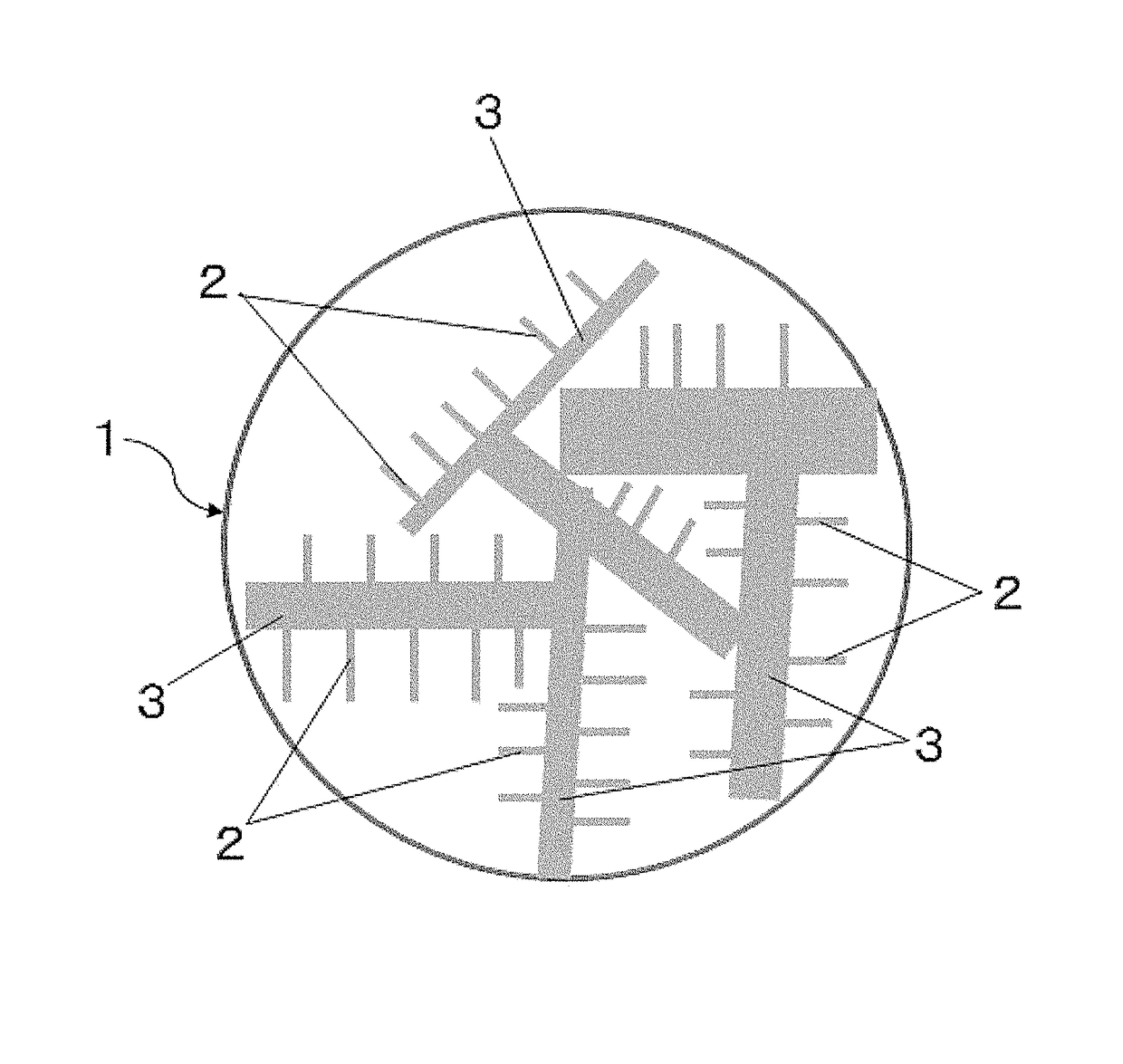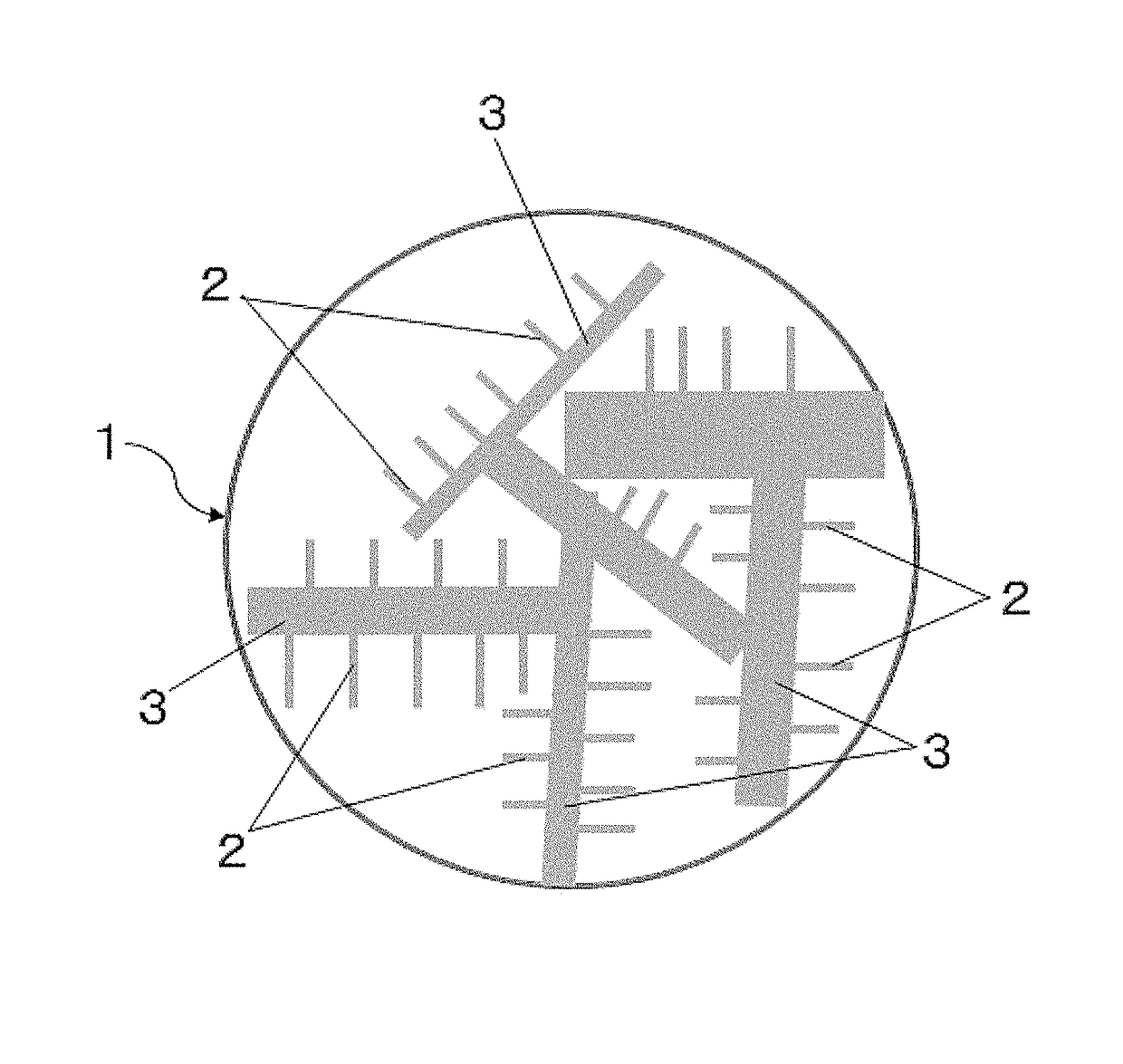Support carbon material and catalyst for solid polymer type fuel cell use
a technology of support carbon and fuel cell, which is applied in the direction of catalysts, physical/chemical process catalysts, cell components, etc., can solve the problems of inability to contribute to efficient reaction, reduce the surface area, and reduce the efficiency of reaction, so as to improve the gas quality, prevent the effect of voltage drop and good power generation characteristics
- Summary
- Abstract
- Description
- Claims
- Application Information
AI Technical Summary
Benefits of technology
Problems solved by technology
Method used
Image
Examples
examples
[0041]Below, the support carbon material and catalyst for solid polymer type fuel cell use of the present invention will be explained based on examples and comparative examples. Note that in the following examples and comparative examples, the pore volume and pore area of the pores and the average particle radius were measured as follows:
[0042]Measurement of Pore Volume and Pore Area
[0043]The pore size of the present invention was found by analysis from an adsorption isotherm of nitrogen gas at the liquid nitrogen temperature. Specifically, a BELSORPmini made by Microtrac Bel was used. The analysis software attached to the device was used to calculate the distribution of mesopores by the BJH method. From the table of numerical values, radius 2 nm to 50 nm pore volume VA, radius 2 nm to 50 nm pore area S2-50, radius 5 nm to 25 nm pore volume V5-25, and radius 2 nm to 5 nm pore volume V2-5 of the present invention were calculated.
[0044]Measurement of Average Particle Radius
[0045]For m...
PUM
| Property | Measurement | Unit |
|---|---|---|
| particle radius | aaaaa | aaaaa |
| radius | aaaaa | aaaaa |
| current density | aaaaa | aaaaa |
Abstract
Description
Claims
Application Information
 Login to View More
Login to View More - R&D
- Intellectual Property
- Life Sciences
- Materials
- Tech Scout
- Unparalleled Data Quality
- Higher Quality Content
- 60% Fewer Hallucinations
Browse by: Latest US Patents, China's latest patents, Technical Efficacy Thesaurus, Application Domain, Technology Topic, Popular Technical Reports.
© 2025 PatSnap. All rights reserved.Legal|Privacy policy|Modern Slavery Act Transparency Statement|Sitemap|About US| Contact US: help@patsnap.com


